Reliving The Events At The Folk And Folk Art Museum
One of the goals museums have is to provide you with an experience you will never forget. In case they can succeed, you most likely are going to go back one day, plus you're going to tell everyone what you've experienced, which means free and easy publicity for them. Every museum is a business after all. They not only have to pay bills but also make investments and all cost money.
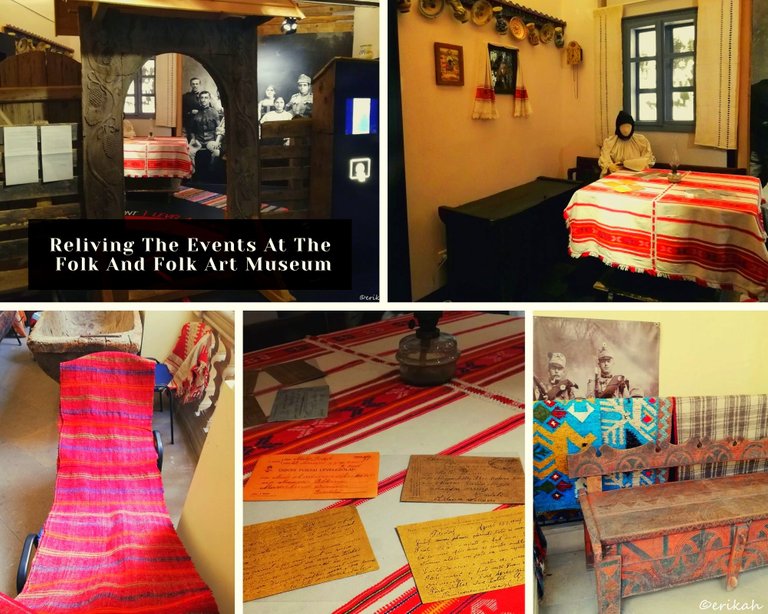
As I stated in my previous posts, the Folk and Folk Art Museum of Targu Mures really knew how to capture visitor's attention and how to burn the experience into their mind.
In my last post I've tried to give you a snipped about what life was like during the first world war.
What I'm going to show you today was also an exceptional experience. The war section is divided in two. The first part is presented from the fighting front point of view, while the second is from the other side, presenting how life was for those who did not fight, but suffered because of he war.
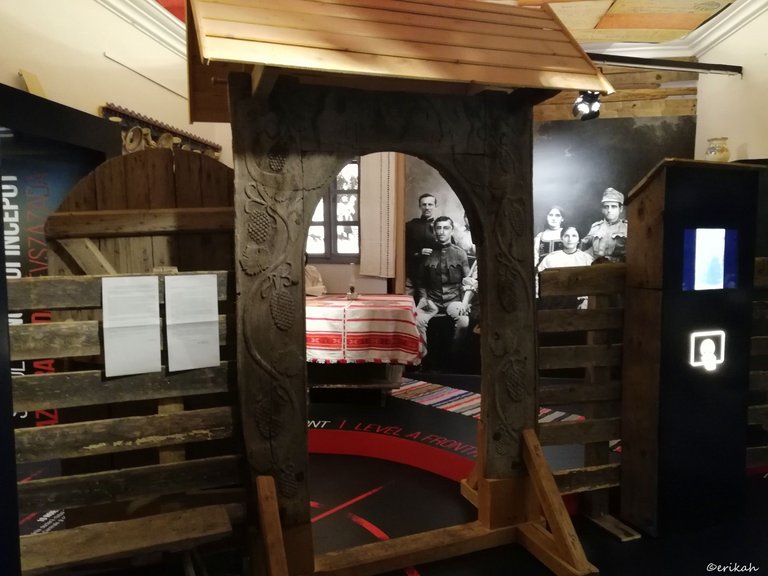
What you see here is a reproduction of a village household. This is a traditional handmade, hand carved wooden gate and fence.

The decorative elements are grapes. Grapes were grown to be sold and also to have for every day use. Peasants were self-sufficient those days, growing everything themselves.

Old houses usually have a bench in front of the gate, where people can sit in the evenings, after a day of hard work. Back in those days this was the only way to relax, have a chat with the neighbors and gossip.
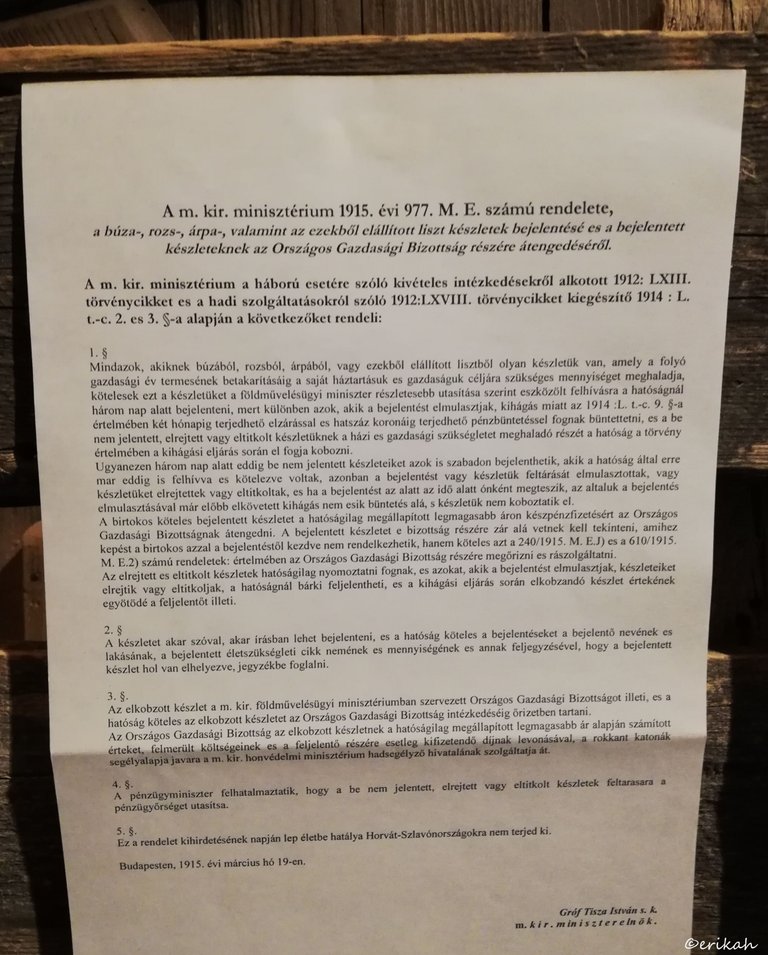
This is a copy of the Prime Minister's regulation, regarding how to report grain crops. The paper dates back to 19 March, 1915, which was during the war. If the harvest was more than the household needed, they had the obligation to report to the ministry of agriculture. Most likely there was a certain quantity that they could keep for themselves and the rest was taken, sometimes by force.
This is the point where village people got creative. Crop and everything they didn't want to report was hidden. Usually they they dug a hole in the ground to hide whatever they wanted to, in order to avoid confiscation.
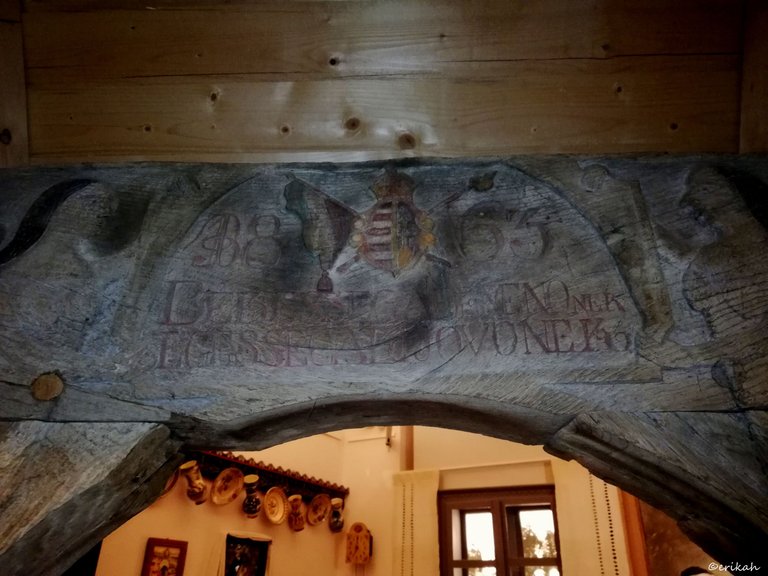
This is an authentic gate that dates back to 1863. It has the crest of Hungary as Transylvania was part of Hungary back then. Usually every gate had a welcoming message or a prayer carved on the top.
Peace for those leaving, health for the those coming.
This is the message carved on this one.
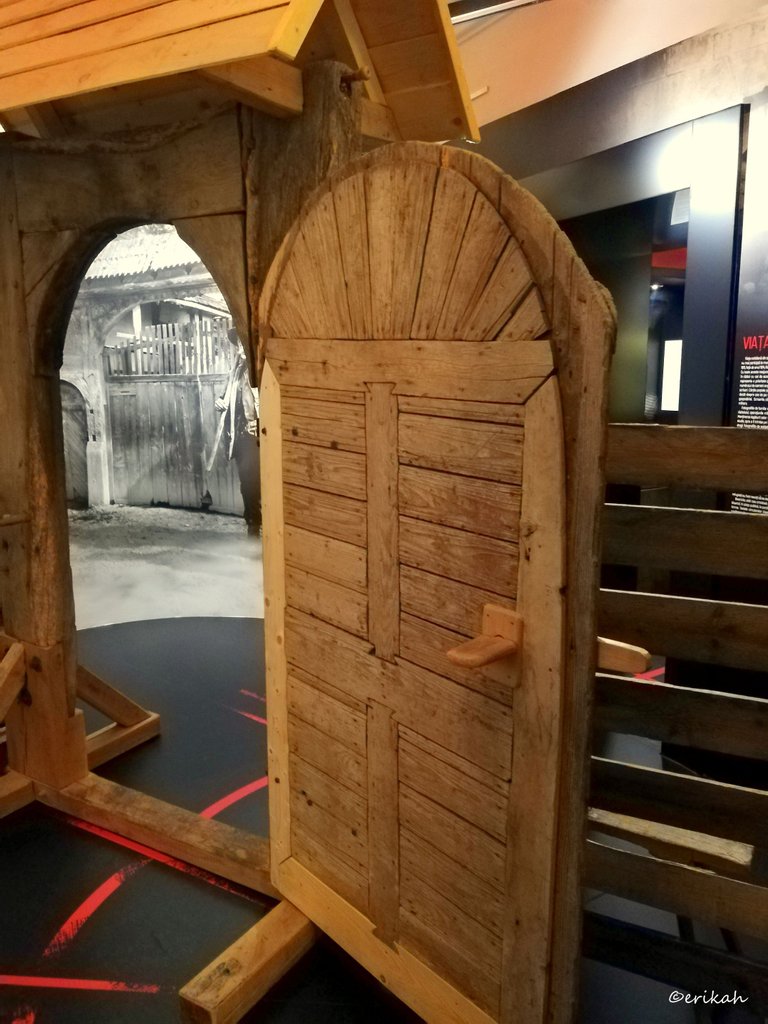
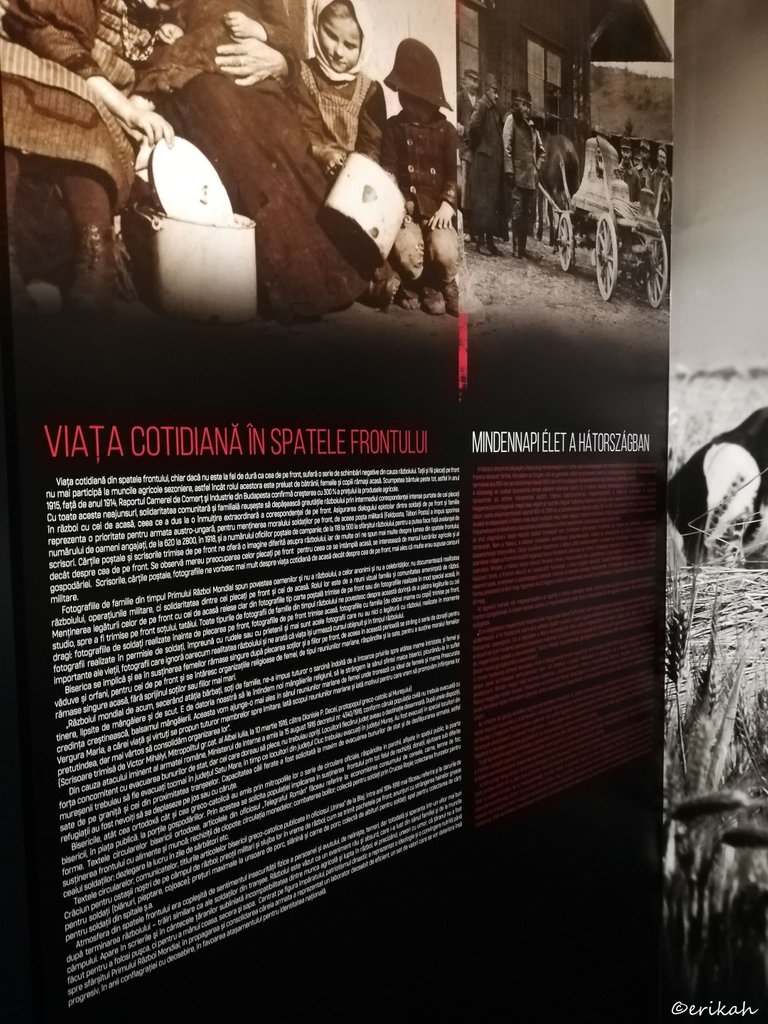
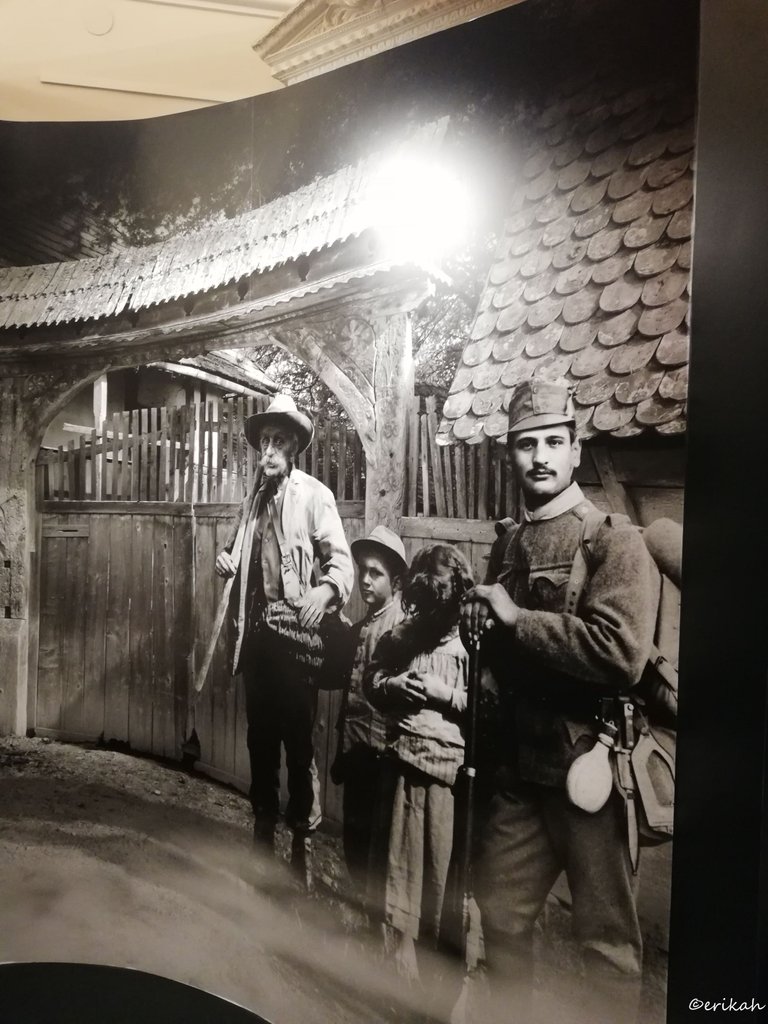
Photos and description about what life was like during the 1st world war.
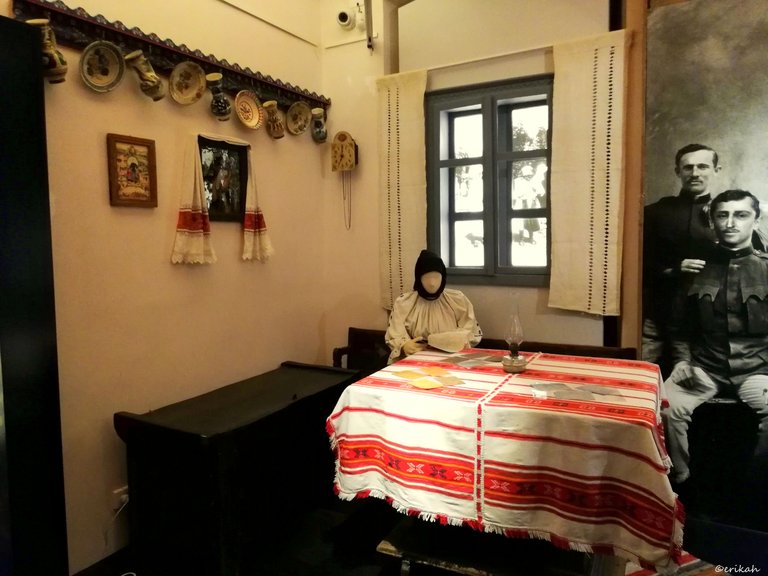
And this was the most moving part emotionally. When I stepped in this room, through the gate I posted above, I found myself in the kitchen and most likely the only room of the house as back then poor people only had one room that serves as kitchen, bedroom and everything.
A mother was sitting at the table in traditional Romanian clothes and was reading a letter. From a speaker I could hear a soldier speaking to his mother and family. Basically an actor was reading the letter out loud. The content of the letter was exactly what one can expect in a situation like this, but still shocking. The young soldier was detailing the how they were doing in the war and also was encouraging the family to stay strong and do everything they can to survive those tough times. Heartbreaking honestly.
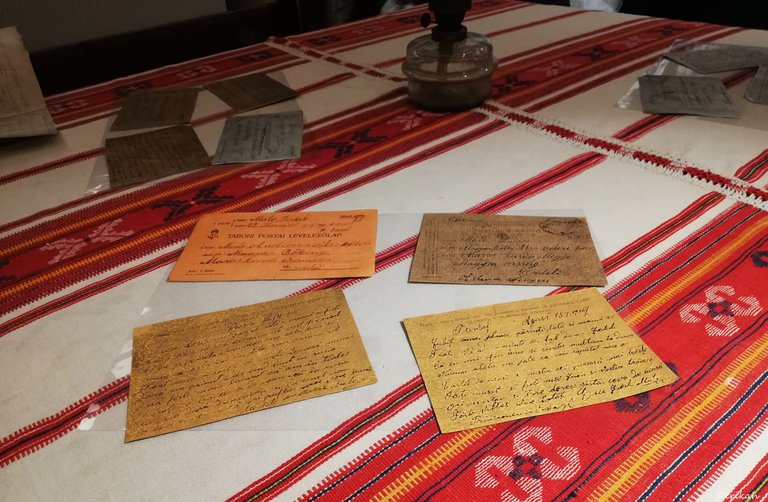
Authentic letters that date back to 1915, handwritten with ink.
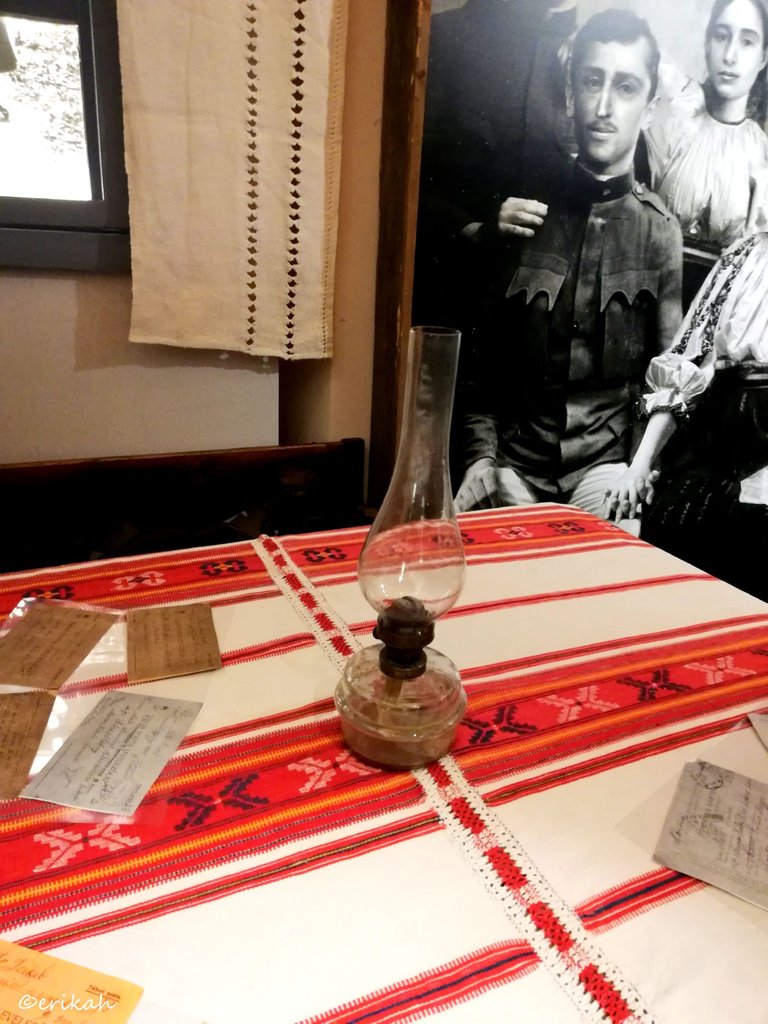
A necessary tool in every household, the petrol lamp, as there was no electricity and candles were expensive, therefore available only for the wealthy ones.
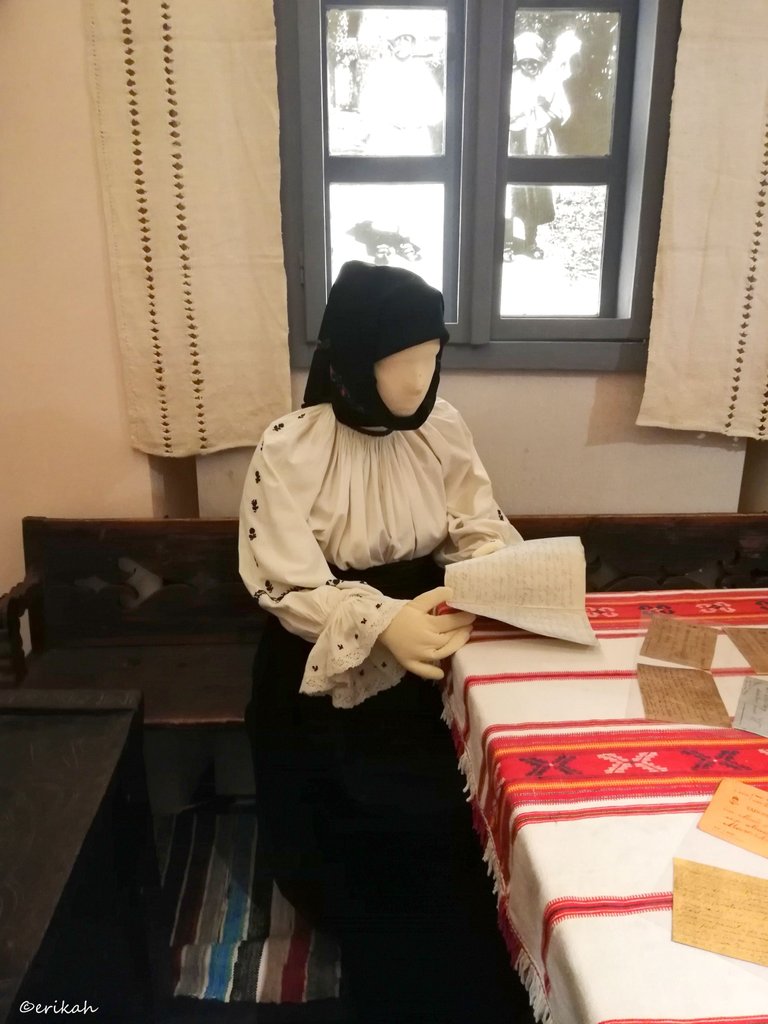
I'm not going to lie, watching this poor woman sitting at the table, reading the letter was very sad and the sound effect made it heartbreaking. Imagine this woman most likely had his husband and sons fighting the war.
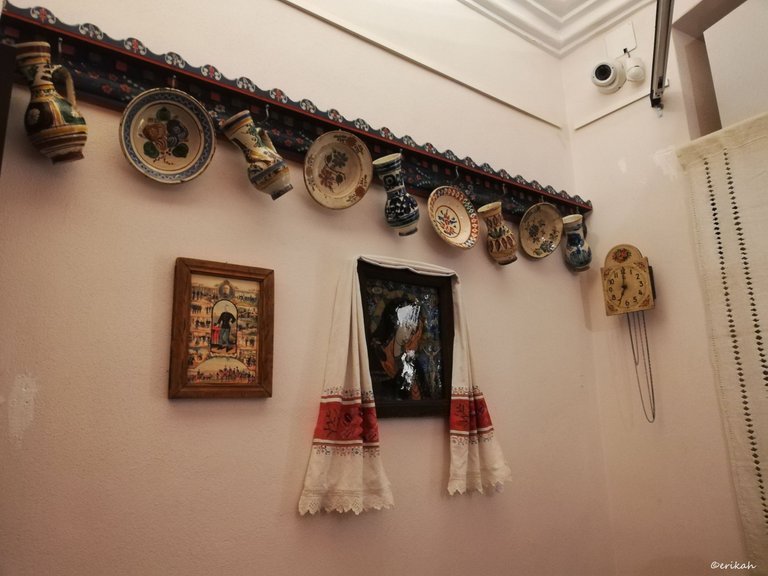
On the wall, the traditional, handmade and hand painted earthenware, on a handmade wooden holder that is also hand painted with floral motifs. The table cloth and the other one on the wall is also handmade of wool.
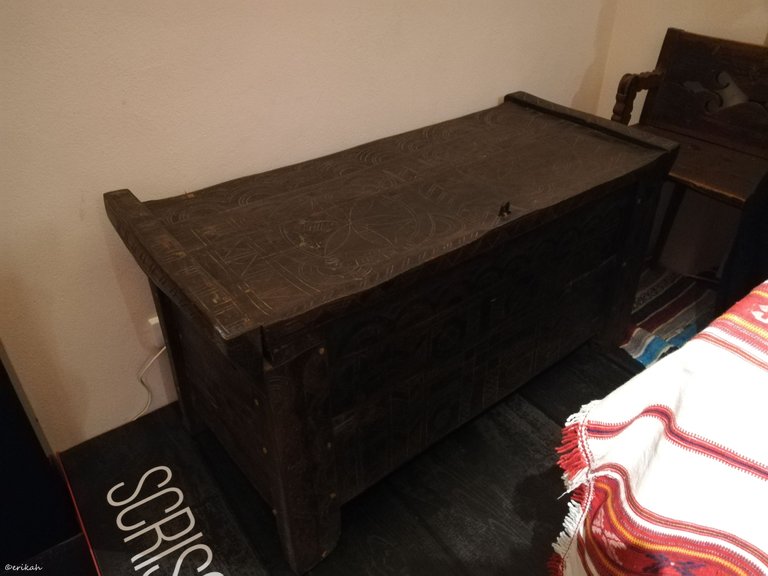
A handmade, hand carved wooden chest, that had double purpose. It served as storage space as wardrobes and cabinets were only for the rich, and also as a seating. In those tiny rooms there was no space for a lot of furniture.
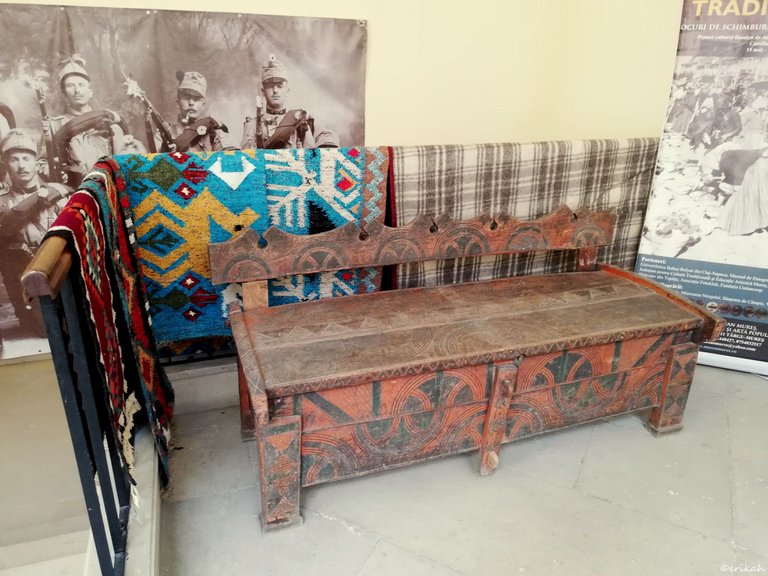
This is a more advanced version as it has a backrest, but it is still a chest as you can lift the top and store whatever is needed inside.
Carpets were also handmade back in those times, made of wood as sheep was very common.
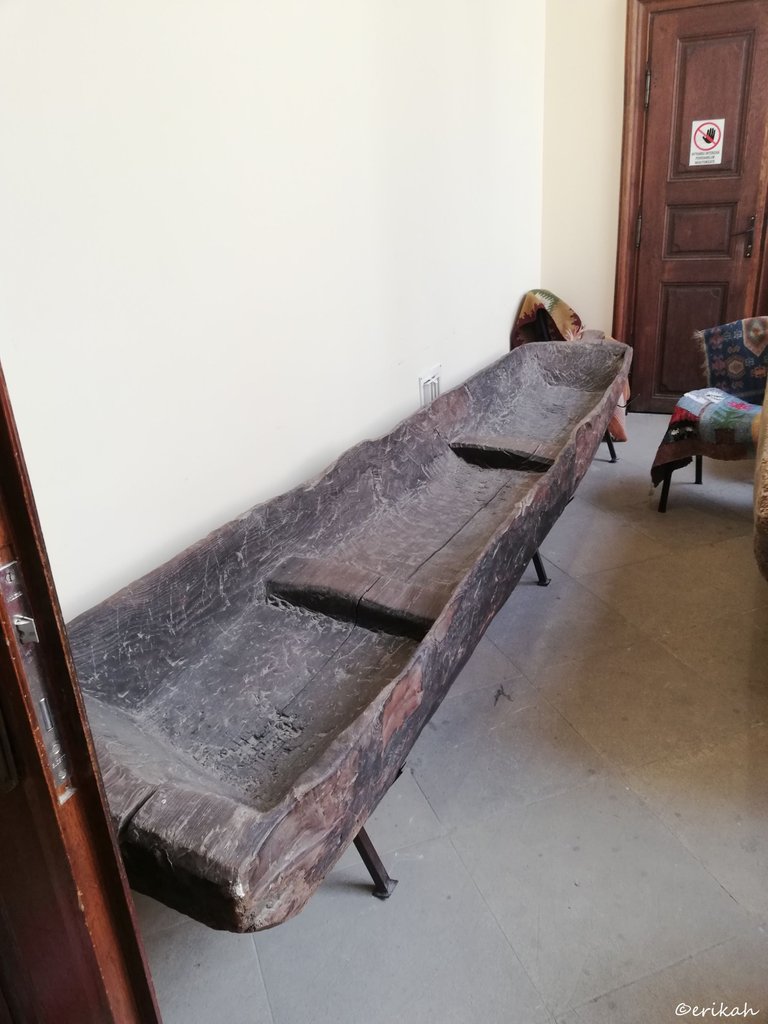
A wooden log, hand carved, transformed in drinker for the animals.

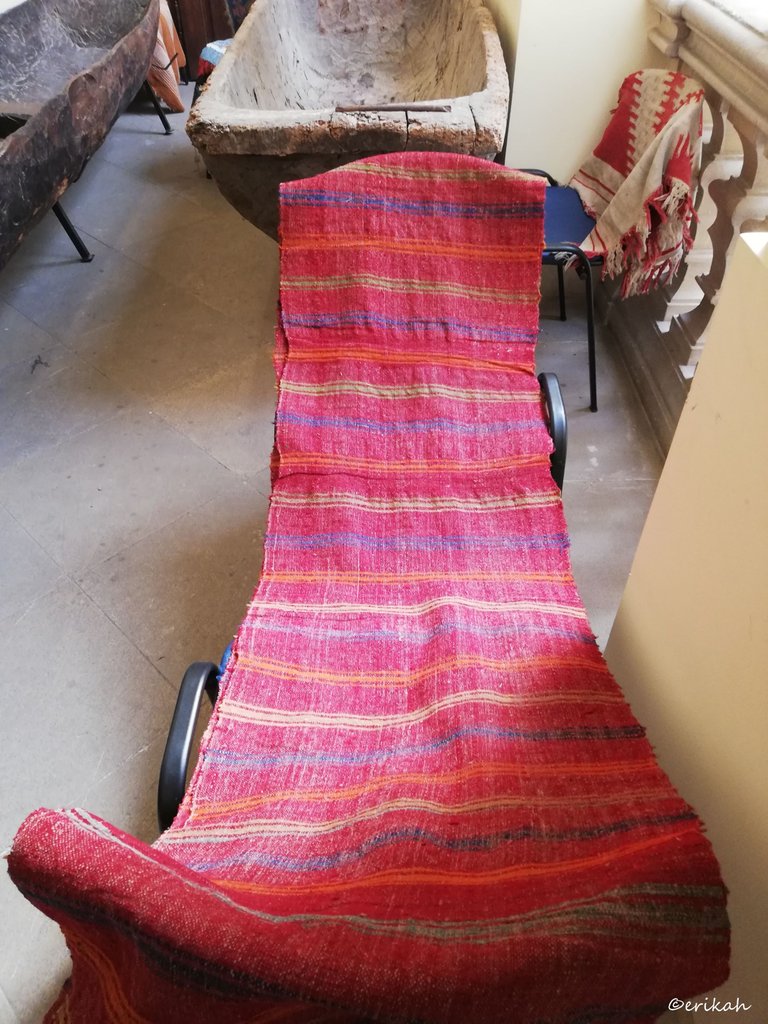

After seeing how people were living once, I think one can definitely appreciate things we have today.

Congratulations, your post has been added to Pinmapple! 🎉🥳🍍
Did you know you have your own profile map?
And every post has their own map too!
Want to have your post on the map too?
Wow I love the look of this museum now I must go take a look at your previous post from there
Thank you Jay! Please do ad it's interesting if you like this kind of art.
Those museums are pure gems for the country to keep the traditions alive 😊
My thoughts exactly! It's like a trip back in time that can make us appreciate what we have now more.
Thanks for stopping by ☺️
I love such atmosphere 😍
Lol, me too!